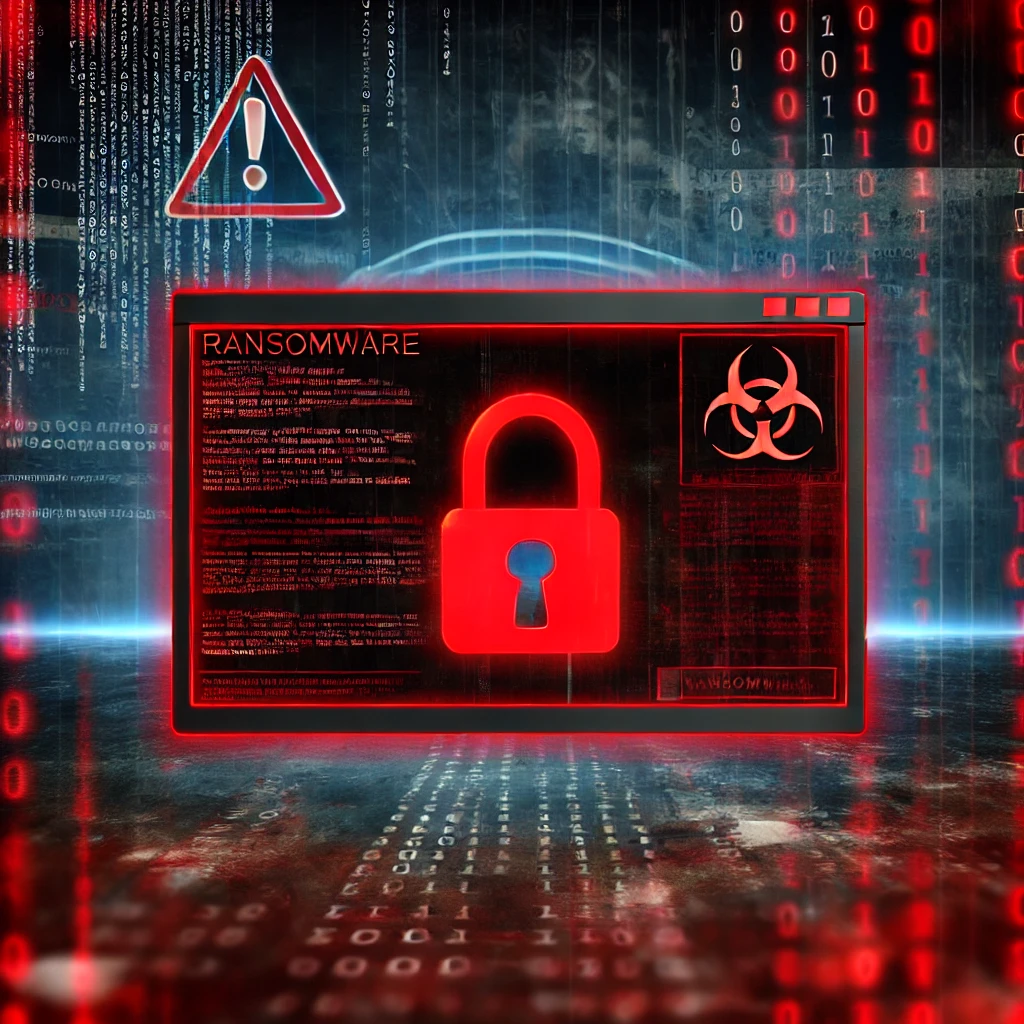
Ransomware attacks have become a major threat to businesses of all sizes, with attackers demanding hefty ransoms in exchange for unlocking critical data or preventing a public leak. These malicious attacks can paralyze operations, damage reputations, and lead to financial losses. For business owners, understanding ransomware, preparing for potential attacks, and developing an effective response strategy are crucial steps to protect their assets and keep operations running smoothly. This guide will give you a comprehensive overview of how business owners can defend against ransomware and respond effectively when attacked.
Understanding Ransomware
Ransomware is a type of malicious software (malware) that encrypts a victim’s files or entire system, making them inaccessible until a ransom is paid. Some ransomware variants also threaten to release sensitive data publicly unless the ransom is paid. These attacks are often done through phishing emails, malicious links, or vulnerabilities in outdated software.
Preventive Measures for Businesses
- Education and Awareness: Employees are often the first line of defense. Educating staff on recognizing phishing emails, suspicious links, and the importance of not downloading attachments from unknown sources can reduce the likelihood of falling victim to an attack.
- Regular Backups: One of the best ways to mitigate the impact of a ransomware attack is to have regular, secure backups. Store backups offline or in a cloud service that is separate from your main network. Doing this ensures that if data is encrypted, you can quickly restore it without paying the ransom.
- Patch and Update Software: Vulnerabilities in outdated software are a common entry point for ransomware. Keeping all software, operating systems, and applications updated with the latest security patches helps close these potential entry points.
- Network Segmentation: By separating different parts of your network (e.g., accounting, sales, HR), you can limit the spread of ransomware inside your organization. If one segment is compromised, others may remain safe.
- Use Advanced Security Tools: Invest in security software that gives real-time protection against malware, including ransomware. Tools like firewalls, endpoint detection, and anti-ransomware software can help detect and stop attacks before they escalate.
- Multi-Factor Authentication (MFA): Enabling MFA on sensitive systems or accounts adds an extra layer of protection. Even if a hacker gains access to a password, MFA requires additional authentication to access critical systems.
- Employee Access Control: Implement strict access control policies. Using an ISPM platform can help you ensure employees only have access to the systems and data they need to do their jobs. Limiting unnecessary access minimizes the damage an attacker can do.
Responding to a Ransomware Attack
- Don’t Pay the Ransom: While paying the ransom might seem like a quick solution, it does not guarantee the attackers will honor their promise. It also encourages further criminal activity. The U.S. Department of Justice and the FBI advise businesses to avoid paying ransom demands.
- Isolate the Infection: If you discover a ransomware attack, immediately disconnect affected devices from the network to prevent the malware from spreading. This includes unplugging affected machines from Wi-Fi or Ethernet networks.
- Assess the Damage: Determine which systems are impacted, whether backups are intact, and what data is affected. This will help you plan the next steps and understand the scale of the attack.
- Report the Attack: Report the incident to law enforcement, such as the FBI’s Internet Crime Complaint Center (IC3), and to cybersecurity professionals who can assist with remediation and tracking the perpetrators.
- Restore from Backup: If you have secure, recent backups, restore your systems to their pre-attack state. This may take time, but it’s the most reliable way to get back to normal operations without paying the ransom.
- Learn from the Incident: After recovering from the attack, conduct a thorough post-incident analysis. Identify how the attack occurred, assess your response, and implement measures to prevent future breaches.
Summing Up
Ransomware attacks are a growing concern for businesses, but with proactive planning, preventive measures, and a well-rehearsed response strategy, business owners can significantly reduce the risks. While no defense is foolproof, a well-prepared business can recover swiftly and reduce the long-term impacts of an attack.

